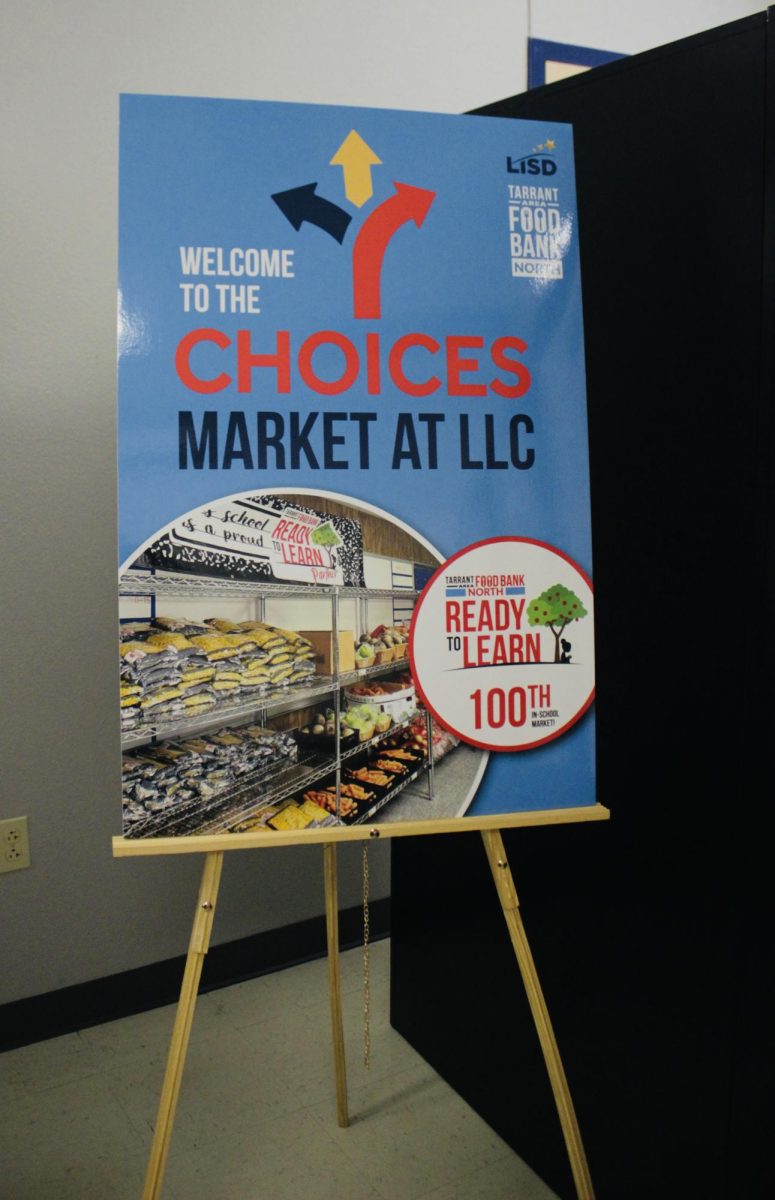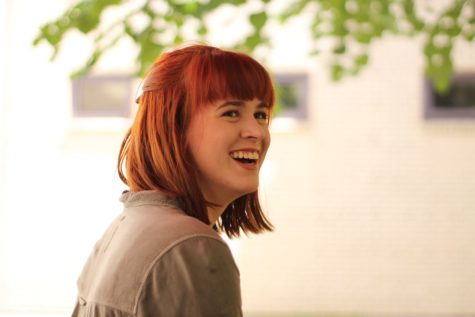YouTube in the classroom
LISD implemented a new system for teachers to access videos on YouTube that have been blocked on restricted mode on March 4. Currently, the only videos available on LISD WiFi are videos that have been tagged as educational by the user who uploaded the video.
The new process will allow teachers to immediately approve YouTube videos themselves. Teachers can make videos accessible for students across the district to view on personal and school devices, without waiting for district review.
“I think that’s exciting,” Instructional Technology Facilitator Dana Henderson said. “The video content is huge in terms of what I hear [people] wish would be different, so I think that’s a good thing that’s coming.”
Videos have to meet certain district guidelines such as abiding by copyright laws and meeting the curriculum. The teacher approved videos will be periodically reviewed by the district to ensure they meet the guidelines.
Teachers often use YouTube to show educational videos and lectures, and many have struggled accessing those videos in the past year.
“It’s been pretty challenging I think for teachers and students to be able to utilize YouTube as a resource,” Henderson said. “So many things that are out there are not appropriate.”
AP Environmental Science teacher Adam Hovde has struggled in the past with students not being able to access his own lectures that are posted to YouTube on the school WiFi.
“It was my stuff that I created [that] got blacklisted,” Hovde said. “So it took me a while to get my stuff re-added on.”
LISD guest and personal devices
LISD restricted the use of the guest WiFi for students and teachers in the fall of 2018. The LISD WiFi is now the main WiFi for students and teachers. However, LISD WiFi restricts student access to certain websites when using personal devices, causing confusion among students.
“It feels like the WiFi is only efficient maybe 50 percent of the time,” junior Annie Beth Clark said. “It’s especially hard because if you’re ever trying to work from a personal device.”
As students became more confused with campus technology, they began to go to librarian and webmaster Nancy McGinnis for help connecting to WiFi and accessing YouTube. On average, the librarians have two students a day come in with questions.
“I just didn’t know that [the librarians] were a resource that I could utilize,” Clark said. “I didn’t even think about it because the Wifi has always been so bad. I figured it was just a concern that everyone dealt with it.”
Students cannot access websites like Google search on their personal devices, even on the LISD WiFi.
“They do have to make sure kids are safe online,” McGinnis said. “They’re really doing what they feel is best.”
Henderson, said that websites are blocked to prevent potential misuse of the site to protect the students, and that personal devices are harder to restrict so websites like Google are blocked all-together.
“There’s not a way to allow certain things on a personal device,” Henderson said. “It’s the disadvantage to having your own device versus the school device.”







